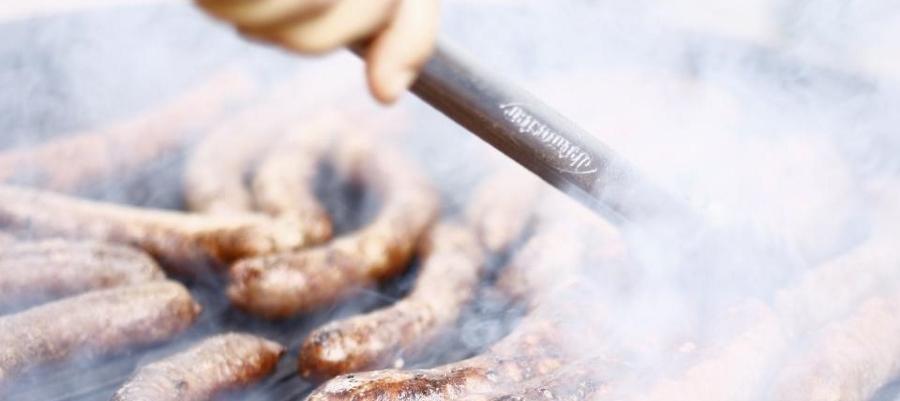Barbecue sauces have a uniquely Southern and Western U.S. history. Most experts agree that adding sauce and spices to meat and fish began early in our history, with Native Americans teaching the art to early European settlers. The natives probably developed the process as part of an attempt to keep meats and fish from spoiling quickly. Salt played a significant role in those early barbecue sauces, and salt is a well-known preservative in the meat curing process.
Because the nation's first European arrivals lived on the East Coast of America, that part of the country is credited with spawning the original barbecue sauce styles. First and foremost, there are various Carolina barbecue sauces. East Carolina, Piedmont, and South Carolina varieties are the most widely known. East Carolina barbecue sauce includes vinegar, salt, black pepper, and crushed or ground cayenne peppers. It's a very simple sauce that penetrates the meat nicely for a deep flavor. Piedmont barbecue sauce only varies from East Carolina in that it often includes molasses or Worcestershire sauce and thus clings to the meat more. South Carolina sauce is entirely different; it uses a mustard base instead, producing a much tangier and sharper flavor.
Then there is Memphis or Southern-style barbecue sauce. This popular variety is typically more complicated (flavor-wise) and is built around mustard, tomato, and vinegar. Fans often point to the boldness of these flavor combinations as the hallmark Memphis barbecue sauce. A common saying is that hungry care connoisseurs are no two bites alike.
Continuing our trek westward, we come to the acknowledged center of the barbecue universe, Kansas City! Kansas City barbecue sauce is distinguished by its noticeably thicker consistency and emphasis on sweetness. That's because this style of sauce is built upon thick tomato sauce, chunks of vegetables, and lots of sugar. Many popular commercial brands are based on this Kansas City recipe. It's most popular among amateur backyard grillers because of grocery stores' availability (Kraft, Heinz, K.C.s Masterpiece, etc.). Also, you can apply the thick sauce only once, and enough will remain in place to please the happy recipients of the grilled meat.
Finally, there are the 'Texas' barbecue sauce styles. Texas is one big state, and several regional varieties are within it. The most common include thick and spicy sauces, essentially spicier variations on the Kansas City sauces. These are found mainly in the north and east sections of the state (Dallas). In western Texas, thinner sauces that feature hot peppers can be found. These sauces are often added only at the end of the barbecuing or grilling process. And then, in southern Texas, the barbecue sauce of choice emphasizes Mexican spices and jalapeno peppers! Make sure to have a cold beverage handy to put out the fire!


